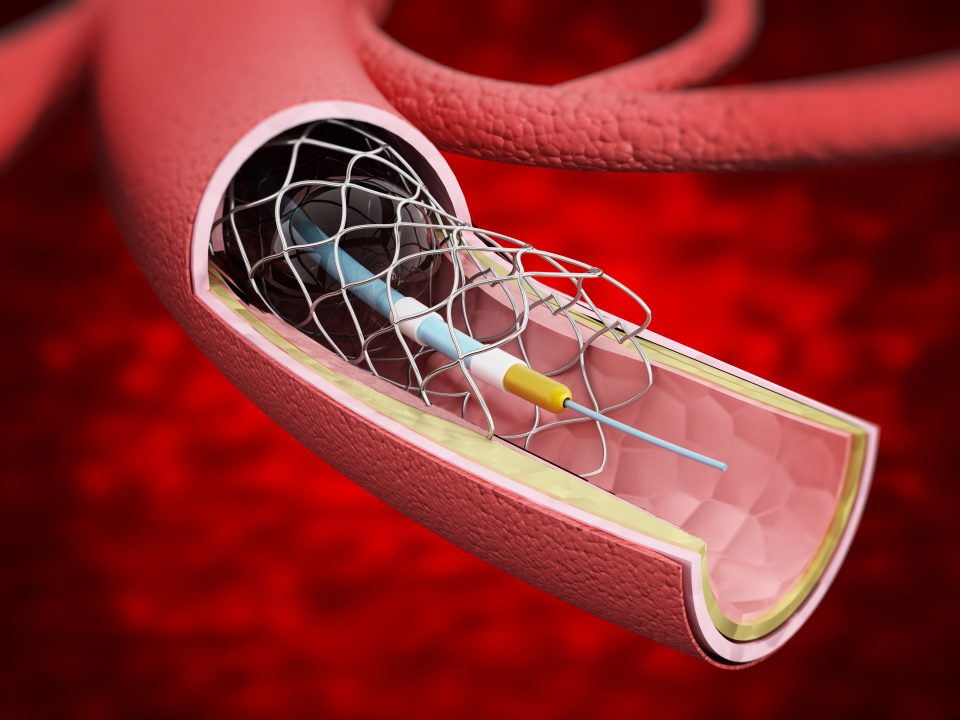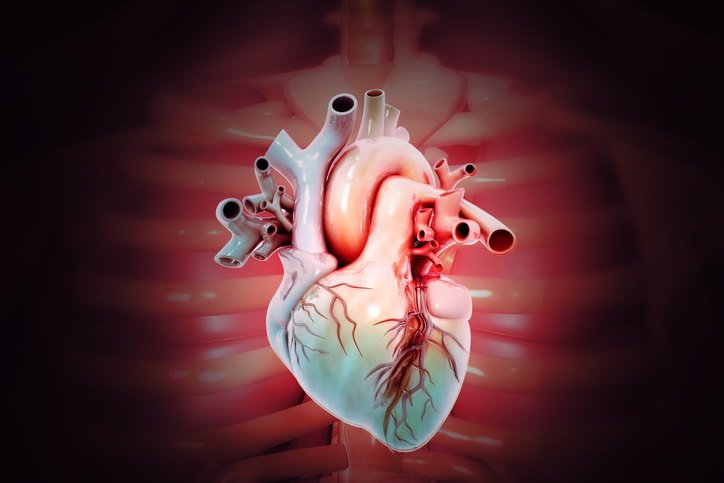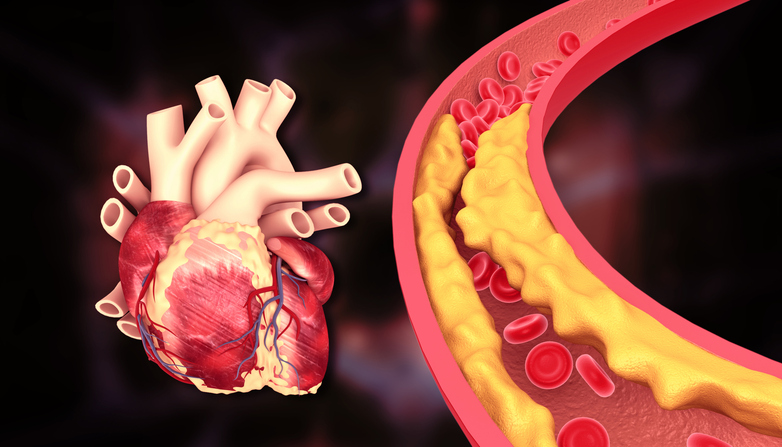
“Angiography” and “angioplasty” may sound like intimidating medical jargon to a patient undergoing a procedure for a heart condition, but it’s important to know these two procedures save lives, and in many cases, they accomplish just that.
What Is an Angiography?
If you are one of the millions of Americans affected by angina (chest pain), or coronary artery disease, which is the narrowing or blockage of the coronary arteries, you are at an increased risk of suffering a myocardial infarction, more commonly known as a heart attack. To reduce your risk of having a heart attack, your physician may recommend a procedure designed to identity serious cardiac issues before they progress. This procedure is known as an angiography.
An angiography is an examination of arterial blood vessels to probe for blockages in blood circulation. The test uses X-rays to depict “route maps” of blood vessels and arteries in the heart while providing detailed information about heart function, blood pressure, and oxygen levels in the blood as it flows through the heart. During this procedure, in which you will likely be sedated, a physician will insert a needle into an artery in your groin and inject you with a special dye called a ‘contrast medium’ through a thin tube, known as a catheter, which accentuates any potential problems or abnormalities in the blood vessels.
The procedure is generally safe, painless, and is usually successfully completed inside of two hours. Side effects of angiography are usually limited to bruising or soreness for a few subsequent weeks, however, the procedure can incur some several severe complications such as an adverse reaction to the dye, dizziness or shortness of breath, stroke, or kidney damage due to internal bleeding. In most cases, even the serious side effects associated with an angiograph are both temporary and treatable. Angiography is most commonly employed when the patient has angina to identify narrow of the arteries (atherosclerosis) that can result in a stroke or heart attack. Angiography is also used to plan invasive procedures for widening blocked or narrow blood vessels, to detect peripheral arterial disease, and to diagnose blockages in blood supply to the kidneys or lungs, which can lead to a pulmonary embolism.
What Is an Angioplasty?
Depending on severity of any detected blockages, following angiography, your surgeon might decide to perform an angioplasty procedure to prevent major surgery. As with the angiography, during an angioplasty, a catheter is placed through the arterial blockage, and the vascular surgeon navigates through the blockage (guided by X-ray) before positioning an inflatable balloon in the obstructed area. The balloon contains water pressure that exceeds the level of accumulated blood pressure, thus alleviating the blockage and enabling blood to once again flow though. This procedure is commonly known as a balloon angioplasty. However, in some cases, an angioplasty may require multiple attempts to clear the blockage, and if that proves unsuccessful, the vascular surgeon may place a stent, (scaffolding commonly made of either wire-mesh metal or other substances), to hold the arterial walls apart to increase blood flow.
An angioplasty, like angiography, is a safe procedure with minimal side effects. However, the process does carry a risk of incurring blood vessel damage, and in rare instances, emergency surgery. Other complications may include a severely narrowed passage that is impossible to maneuver (despite multiple attempts at balloon inflation), re-narrowing of the artery when a stent is not used (restenosis), and the occasional risk of suffering a heart attack, stroke, developing kidney problems, or developing an abnormal heart beat.
If you suffer from multiple arterial blockages or have other health conditions such as diabetes, your physician may advise coronary artery bypass surgery (often abbreviated as CABG), where a blood vessel from another part of your body is redirected to the blocked site of the artery. After your successful completion of an angioplasty procedure, recovery generally lasts about one week, followed by hospital discharge. The cardiologist will prescribe blood-thinning medication to prevent future blockages. Be sure to consult with your physician to learn more about the benefits of having an angiography or angioplasty performed, as well as to receive additional information about any possible risks.







 © 2025 Mashup Media, LLC, a Formedics Property. All Rights Reserved.
© 2025 Mashup Media, LLC, a Formedics Property. All Rights Reserved.